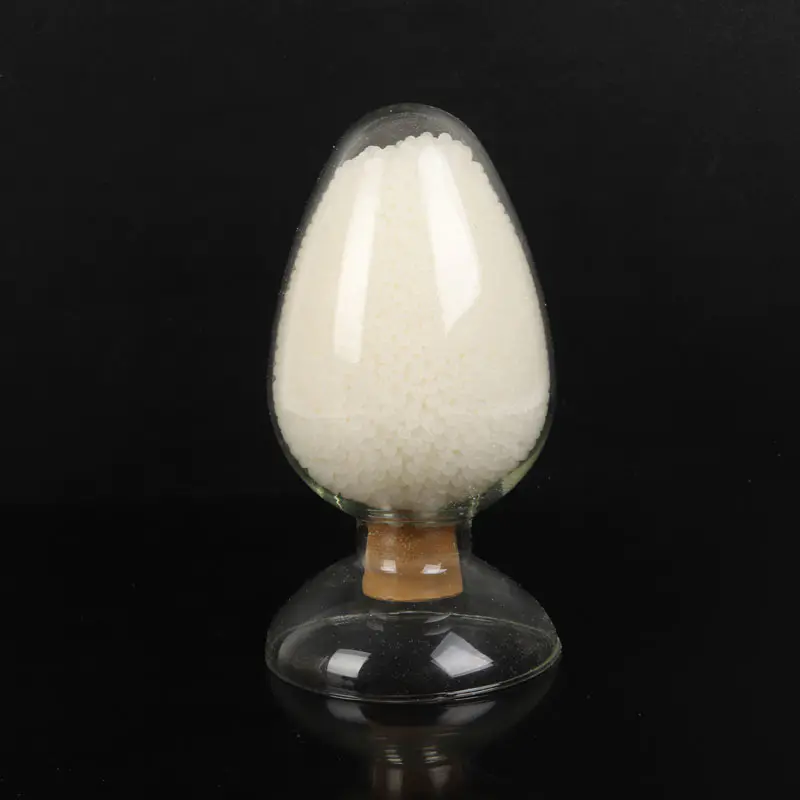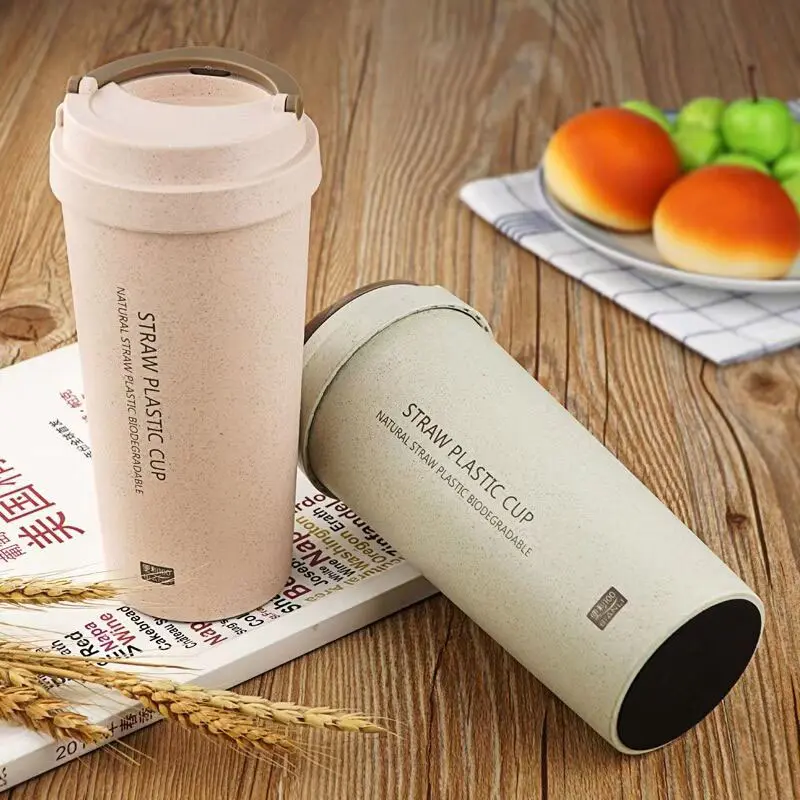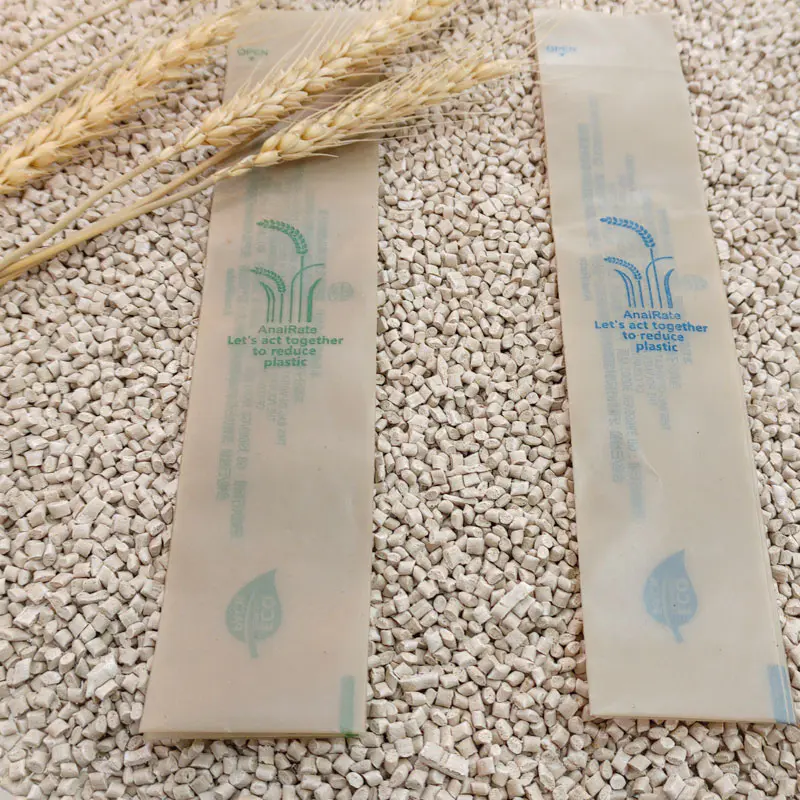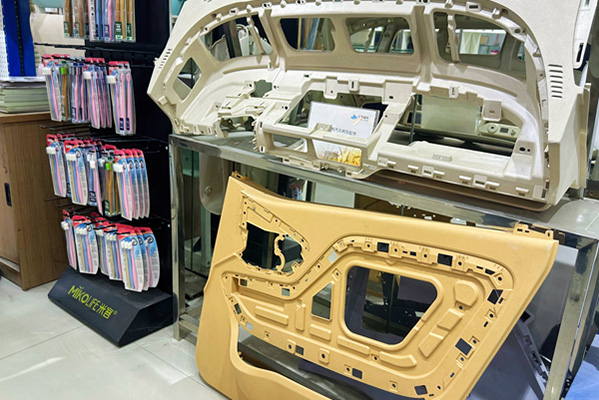What Makes Straw Fiber Plastic the Future of Eco-Friendly Materials?
Straw Fiber Plastic, a groundbreaking bio-composite material, is revolutionizing the sustainable materials industry by merging natural straw fibers with thermoplastic polymers. This fusion produces a durable, lightweight, and environmentally friendly alternative to traditional petroleum-based plastics. In an era when environmental concerns and resource depletion dominate global discussions, Straw Fiber Plastic stands out as a solution that aligns with modern sustainability goals.
The core concept behind Straw Fiber Plastic lies in converting agricultural waste—mainly wheat, rice, or corn straw—into a valuable industrial resource. Rather than burning or discarding straw, which contributes to air pollution and carbon emissions, the fibers are processed, treated, and combined with biodegradable or recyclable plastic resins. The result is a composite material that performs similarly to conventional plastic yet has a reduced carbon footprint and higher renewability.
From packaging to automotive interiors, Straw Fiber Plastic is increasingly adopted across industries seeking a balance between functionality and environmental responsibility. Its low density, high strength, and natural aesthetic make it a preferred material for manufacturers, product designers, and sustainability advocates.
Why Is Straw Fiber Plastic Considered a Breakthrough in Sustainable Manufacturing?
The demand for eco-friendly materials has intensified due to rising environmental regulations and consumer awareness. Straw Fiber Plastic offers a viable solution by addressing three major industrial challenges: waste utilization, carbon reduction, and product performance.
Key Advantages of Straw Fiber Plastic:
| Feature | Description | Benefit |
|---|---|---|
| Raw Material | Derived from agricultural by-products (straw fibers) | Reduces agricultural waste and pollution |
| Eco Impact | Lower carbon footprint and energy consumption | Contributes to carbon neutrality goals |
| Mechanical Strength | High tensile and flexural strength | Suitable for durable and structural applications |
| Biodegradability | Partially or fully biodegradable depending on resin composition | Reduces long-term plastic waste |
| Aesthetic Value | Natural color and texture | Enhances product appeal for eco-conscious consumers |
| Thermal Stability | Stable under wide temperature ranges | Ideal for packaging and automotive industries |
| Processing Compatibility | Compatible with existing injection molding and extrusion systems | Minimizes production cost and technical barriers |
The integration of straw fibers enhances plastic’s structural rigidity while maintaining flexibility. Unlike conventional plastic that relies entirely on petrochemicals, Straw Fiber Plastic partially replaces these components with renewable biomass, reducing dependency on fossil fuels. Moreover, manufacturers can process it using standard plastic machinery, eliminating the need for costly equipment upgrades.
In practical applications, Straw Fiber Plastic has demonstrated impressive resistance to deformation, UV degradation, and moisture absorption—traits essential for long-term product stability. It is suitable for creating containers, plates, trays, cutlery, automotive trims, home décor items, and even electronic casings.
How Is Straw Fiber Plastic Produced and What Future Trends Define Its Development?
Production Process:
The creation of Straw Fiber Plastic involves several technical steps designed to optimize the compatibility between straw fibers and polymer matrices:
-
Collection and Pretreatment – Agricultural straw is collected, cleaned, and dried to remove impurities.
-
Fiber Modification – Chemical or physical surface treatment enhances the bonding between straw and plastic resins.
-
Compounding – Treated fibers are mixed with thermoplastics such as PP (polypropylene), PE (polyethylene), or biodegradable resins like PLA (polylactic acid).
-
Molding and Shaping – The composite material is molded using standard techniques including injection, extrusion, or compression molding.
-
Finishing and Quality Control – The final products are cooled, polished, and tested for performance parameters like tensile strength, density, and thermal stability.
Technical Specifications (Typical Range):
| Parameter | Unit | Typical Value |
|---|---|---|
| Density | g/cm³ | 0.95–1.10 |
| Tensile Strength | MPa | 35–55 |
| Flexural Strength | MPa | 60–80 |
| Heat Deflection Temperature | °C | 75–105 |
| Moisture Absorption | % | ≤0.5 |
| Biodegradability (with PLA base) | % | 80–100 |
| Fiber Content | % | 20–50 |
Emerging Trends:
-
Increased Adoption in Food Packaging: Global bans on single-use plastics are pushing manufacturers toward bio-composites like Straw Fiber Plastic.
-
Advancement in Biopolymer Compatibility: Researchers are developing better coupling agents that improve adhesion between natural fibers and biodegradable resins.
-
Circular Economy Integration: Straw Fiber Plastic can be recycled, reprocessed, or composted, aligning with circular economy principles.
-
Carbon Credit Incentives: Companies using straw-based materials may gain access to carbon credit markets and environmental certifications.
-
Aesthetic Customization: Natural textures and colors allow designers to create visually appealing eco-products without additional coating or painting.
This continuous technological evolution points to a future where Straw Fiber Plastic becomes a mainstream replacement for petroleum-based plastics in mass production.
Common Questions About Straw Fiber Plastic
Q1: Is Straw Fiber Plastic truly biodegradable?
A: Straw Fiber Plastic’s biodegradability depends on the type of polymer used in combination with straw fibers. When blended with biodegradable resins like PLA or PBAT, it can achieve near-complete biodegradation under industrial composting conditions. However, when mixed with conventional resins like PP or PE, the material becomes partially degradable—still offering reduced environmental impact compared to 100% synthetic plastics. Manufacturers can tailor the formula based on application requirements and sustainability goals.
Q2: Can Straw Fiber Plastic replace traditional plastics in all applications?
A: While Straw Fiber Plastic offers outstanding strength and sustainability, it may not replace traditional plastics in every scenario. It performs excellently in medium-strength applications such as packaging, consumer goods, and automotive interiors, but for ultra-high-stress industrial parts, metal-reinforced or high-performance composites may still be required. Nonetheless, continuous advancements in fiber treatment and resin compatibility are rapidly expanding its potential use cases.
Q3: How does Straw Fiber Plastic perform under extreme environmental conditions?
A: The material demonstrates high resistance to thermal deformation and UV degradation, especially when treated with stabilizers. Its performance remains stable in humid and outdoor environments, making it ideal for long-term applications. Manufacturers can adjust resin ratios and surface treatments to improve performance in specific climates.
Q4: What are the environmental benefits of adopting Straw Fiber Plastic on a large scale?
A: Large-scale adoption could drastically reduce agricultural waste burning, cut CO₂ emissions, and conserve fossil resources. The use of renewable straw also promotes rural circular economies by creating added value for farmers and local industries.
What Does the Future Hold for Straw Fiber Plastic?
The global market for sustainable materials is projected to grow exponentially over the next decade, with bio-composites like Straw Fiber Plastic playing a pivotal role. As governments implement stricter regulations on plastic waste and encourage bio-based alternatives, industries are accelerating their transition to greener materials.
The innovation potential of Straw Fiber Plastic extends beyond environmental protection—it also drives cost efficiency, material diversity, and design flexibility. With its compatibility with existing production systems, manufacturers can achieve sustainability without sacrificing productivity or profitability.
In the near future, we can expect several transformative trends:
-
Wider Industrial Integration: Packaging, automotive, furniture, and electronics sectors are expanding their usage of bio-composites.
-
Enhanced Material Engineering: Improved fiber-resin interaction will enhance durability and color stability.
-
Global Policy Alignment: Many countries will incentivize eco-material use through tax benefits and sustainability certifications.
-
Corporate Sustainability Reporting: Companies will highlight the adoption of Straw Fiber Plastic as part of their ESG (Environmental, Social, Governance) strategy.
By reducing waste and promoting renewable resource utilization, Straw Fiber Plastic exemplifies the harmony between technological progress and environmental responsibility.
Conclusion: Toward a Greener Tomorrow with Jiangsu Jinhe
As industries seek sustainable alternatives, Straw Fiber Plastic stands at the forefront of eco-innovation—offering a balance between high performance and environmental care. Its combination of strength, beauty, and biodegradability makes it one of the most promising materials of the modern era.
Jiangsu Jinhe, a leading manufacturer specializing in eco-friendly materials, is committed to advancing the research, development, and global application of Straw Fiber Plastic. With a focus on quality, innovation, and environmental stewardship, Jiangsu Jinhe continues to help industries transition toward a sustainable, circular future.
For more information or to discuss partnership opportunities, contact us to explore how Straw Fiber Plastic can redefine your product’s environmental and performance standards.
- What Makes Starch-Based Plastic the Future of Sustainable Materials?
- What Makes Bamboo Fiber Plastic the Future of Sustainable Material Innovation?
- Why choose Bio-Based Plastic for Sustainable Materials?
- What are the functions of Sustainable Coffee Grounds Plastic?
- What is the Difference between Sustainable Bamboo Fiber Plastic and Regular Plastic?
- How Do You Properly Dispose of Disposable Biodegradable Plates?














